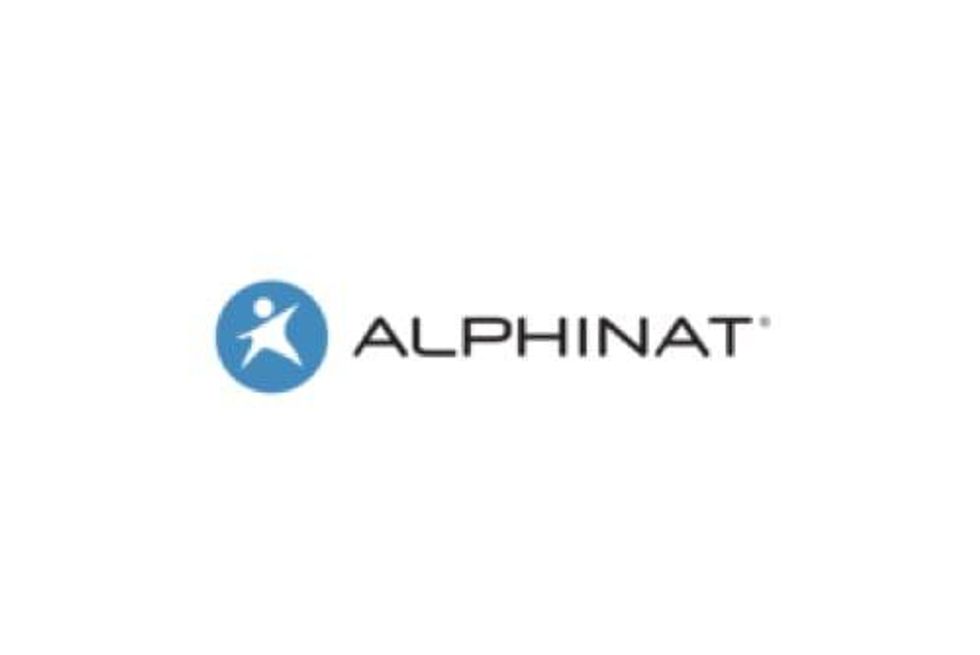Marketing Technology: Keeping Up with the Boom

Social media content marketing is expected to grow to US$13.8 billion in 2021, perhaps owing to higher daily digital media consumption following the global pandemic and a new gig economy.
Digital marketing technologies have entered a major historical inflection point. Recent years have seen explosive growth in social media apps, with platforms such as Facebook and YouTube amassing more than one billion users each.
With a global population estimated at 7.7 billion, and upwards of 3.5 billion active social media users, one in three people worldwide can be found on social media. Digital media consumption has skyrocketed and the shift from traditional to digital media has led to more than US$291 billion spent on digital advertising in 2020. As brands race to meet consumers where they are, social media content marketing software have seen billions of dollars once allocated toward traditional advertising. Especially when disrupting the traditional creative supply chain, with clear efficiencies in time for production, and distribution, cost of development and overall ROI
Marketing technology, also known as martech, has become a digital marketing staple. In 2019, the global digital marketing software sector was valued at US$43.8 billion. The market is expected to grow with a compound annual growth rate (CAGR) of 17.4 percent between 2020 and 2027. According to the latest Gartner CMO Spend Survey, digital channels accounted for nearly 80 percent of marketing budgets in 2020, with CMOs spending 22 percent on digital advertising — including display, video and social media advertisements, as well as paid search — while another 59 percent is allocated toward website, SEO and mobile marketing. Martech currently accounts for the largest proportion of marketing spend, in comparison to traditional media and in-house labor.
Martech targets a wide range of marketing tasks, including advertising, analytics, content management and customer relationship management. Innovations like automation and artificial intelligence can help reduce the number of man-hours required to execute a marketing strategy while producing actionable insights into the ROI of a company’s marketing efforts. These days, marketing teams are focused on a new way to connect with potential audiences: content-creators and online web publishers that position brands on recommendation, versus suggestion.
The rise of influencer marketing
One area of digital marketing and advertising that has seen exponential growth over recent years is social media content management software. A decade ago, social media marketing was limited to celebrities and a handful of dedicated bloggers. Today, influencer marketing has grown to include a number of social media activities, but primarily features endorsements and product mentions from influencers or individuals with an established social media presence who are often viewed as experts within their niche. Social media recommendations act as a form of social proof to potential customers.
Social media content marketing is expected to grow to US$13.8 billion in 2021, a considerable increase from US$1.7 billion in 2016, and a sizable jump from US$9.7 billion in 2020, perhaps owing to higher daily digital media consumption following the global pandemic and a new gig economy where ecommerce leads consumer spending. According to a report by eMarketer, the pandemic has accelerated trends that were already underway, including a preference among consumers for “unfiltered” content or content that is considered more organic and relevant.
The rise of apps like TikTok and Instagram have contributed to the popularity of “everyday influencers.” Over the past year, consumers have been spending more time at home and on social media, where they interact with content creators. Influencers offer brands a simple, cost-effective way to reach target audiences during a time when large-scale production may be challenging.
According to Mediakix data, the influencer marketing industry is on track to be worth up to US$15 billion by 2022. Influencer marketing is now a must-have marketing strategy, with brands categorizing individual influencers according to their reach (overall engagement) and niche (engagement with a brand’s target audiences). While every social media software platform offers its own breed of content publishers, Instagram represents the gold standard, with nearly 79 percent of brands prioritizing the app for influencer marketing campaigns. Other marketing hubs include Facebook, YouTube, Twitter and LinkedIn. Tiktok now leads as the most downloaded application worldwide, and on track to hit more than a billion users.
A study by Tomoson found that influencer marketing yields a $6.50 ROI for every dollar spent. With today’s consumers cutting out the noise of traditional advertising, roughly 40 percent of survey respondents reported purchasing a product online after seeing it used by an influencer on YouTube, Instagram or Twitter. Influencer campaigns have evolved to include tactical solutions like discount codes, affiliate marketing, competitions, giveaways and other ways to boost brand awareness and drive sales. Up-and-coming trends include a transition from traditional video ads to video content, which can include product teaser campaigns, exclusive reviews by key influencers, unboxing videos and similar types of organic content.
Major players to watch
As consumers spend more time online, paid promotions and influencer partnerships have become essential to brands that want to get seen and stay relevant. Clearly, the digital landscape is shifting rapidly, and many brands are now relying on influencer marketing platforms to manage every aspect of their social media campaigns.
Companies such as DGTL Holdings (TSXV:DGTL) specialize in helping brands and agencies optimize their digital marketing efforts by acquiring and advancing emerging technologies in digital media, martech and adtech, powered by AI. The company’s flagship solution #HASHOFF is a scalable, self-service software-as-a-service (SaaS) platform that enables marketers to identify and recruit freelance creatives for content creation, sponsorship deals, experiential activations and more. The enterprise-level CMS platform allows marketing teams to identify the best influencers to represent their brand based on context signals and machine learning. At the Super Bowl XXI, #HASHOFF activated micro-influencers (influencers with a relatively low follower count, but who have garnered a highly engaged audience) to drive more than one million brand engagements.
Marketing technology encompasses more than just social media content management and marketing. The COVID-19 pandemic sparked rapid digital transformation for many businesses, with martech platforms such as Zapier, Clearbit, MadKudu and Segment among the fastest-growing software companies at the moment. IZEA Worldwide (Nasdaq:IZEA) was one of the first of its kind to go public in the subsector, and now trades at an average 10-15x price to sales.
Takeaway
As brands continue to recognize the value offered by social media CMS software when it comes to reach, impact and ROI, the now multi-billion-dollar influencer marketing industry remains positioned for explosive growth. Investors should pay special attention to innovative technology platforms that support companies as they navigate social media, partnerships and major brand clients.
This INNSpired article was written as part of an advertising campaign for a company that is no longer a client of INN. This INNSpired article provides information which was sourced by INN, written according to INN's editorial standards, in order to help investors learn more about the company. The company’s campaign fees paid for INN to create and update this INNSpired article. INN does not provide investment advice and the information on this profile should not be considered a recommendation to buy or sell any security. INN does not endorse or recommend the business, products, services or securities of any company profiled. If your company would benefit from being associated with INN's trusted news and education for investors, please contact us.
